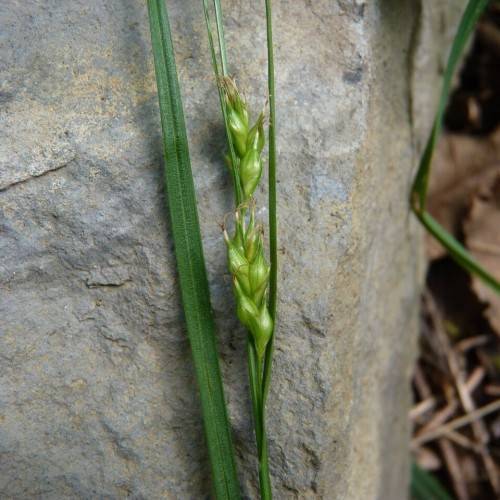
Finely Nerved Sedge
Carex leptonervia
Also Known As - Nerveless Woodland SedgeWatering:
Average
Hardiness Zone:
Sun:
full sun,part shade
Leaf:
Yes
Growth Rate:
Low
Drought Tolerant:
Yes
Salt Tolerant:
Yes
watering
Sedge (Carex lenticularis x) should be watered on a regular basis in order to maintain its lush, healthy appearance. This species prefers consistently moist soil but not waterlogged,so avoid over-watering. Water deeply and regularly until the soil is thoroughly moist, about once a week or more often if needed during dry periods. Make sure to check the soil moisture before watering to ensure the soil does not stay too wet. During the winter months, watering should be reduced as the plant will be growing more slowly. Watering should always be done early in the day so that the leaves can dry out before nightfall.
sunlight
The optimum sunlight requirements for the plant species Sedge (Carex lenticularis x) vary based on where the sedge is planted. In general, sedge planted outdoors in the northern hemisphere should be planted in full sun for 7 to 8 hours per day. When planted in full shade, sedge needs 3 to 4 hours of morning sunlight.
pruning
For the plant species Sedge (Carex lenticularis x), it is generally recommended to lightly prune the plant once a year in mid to late summer for best results. It is best to prune the plant back only slightly- no more than a third of the foliage. This helps to encourage good airflow throughout the plant which prevents disease and keeps the foliage healthy and lush. Additionally, pruning in the summer allows the plant to recover more quickly and promotes healthy new growth.
